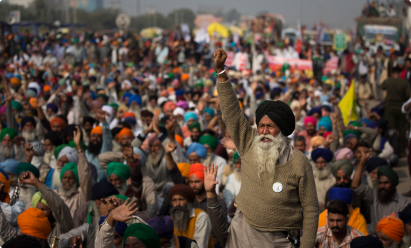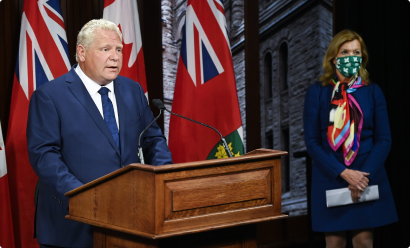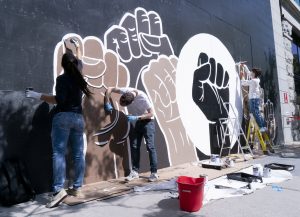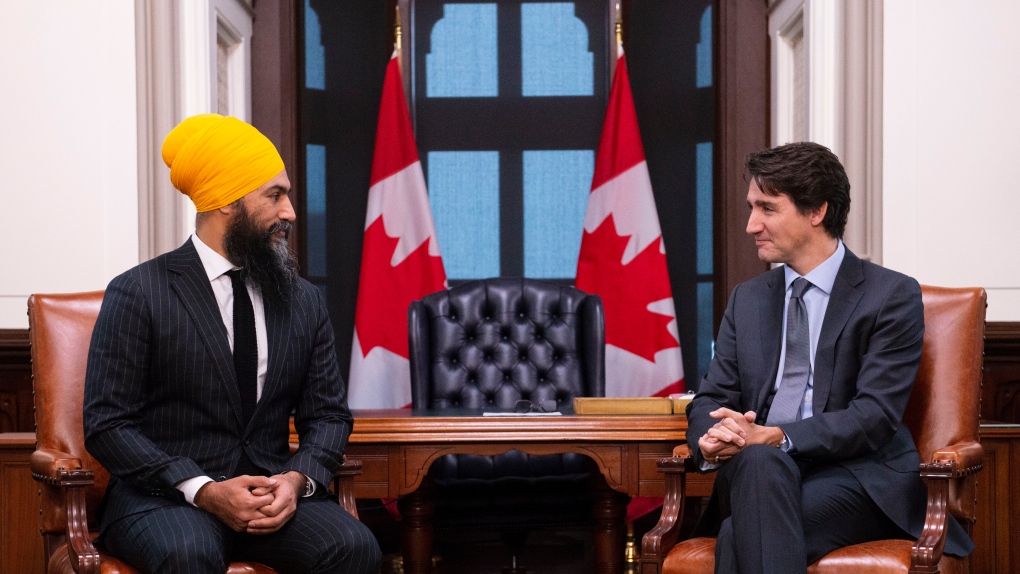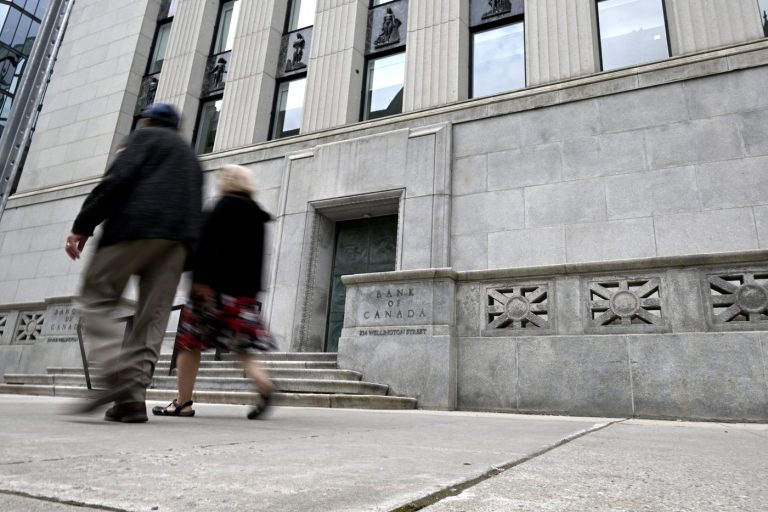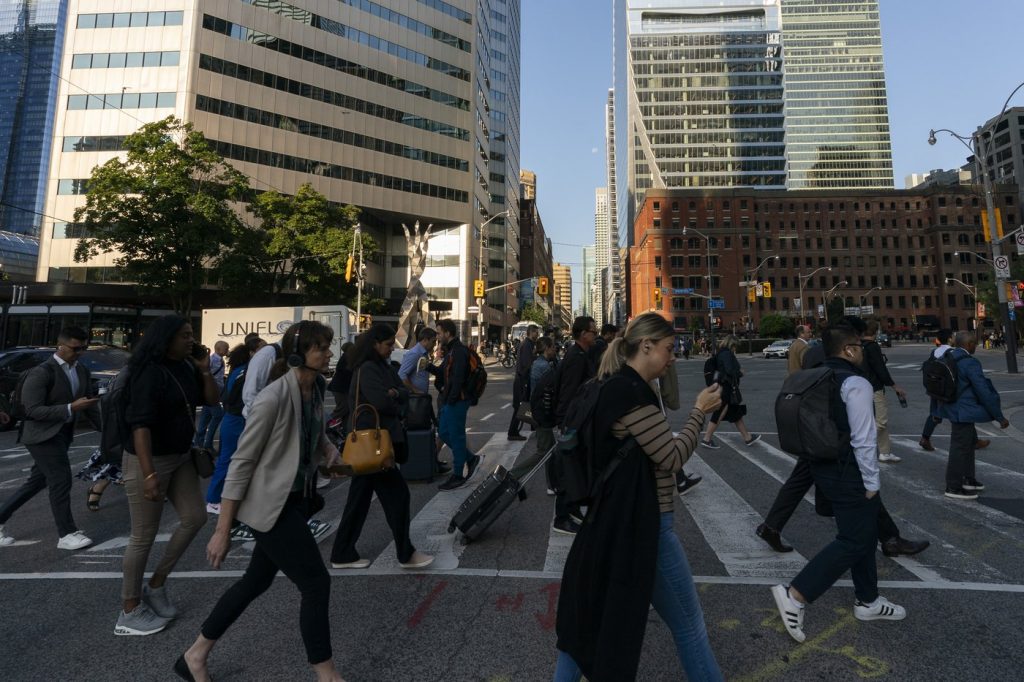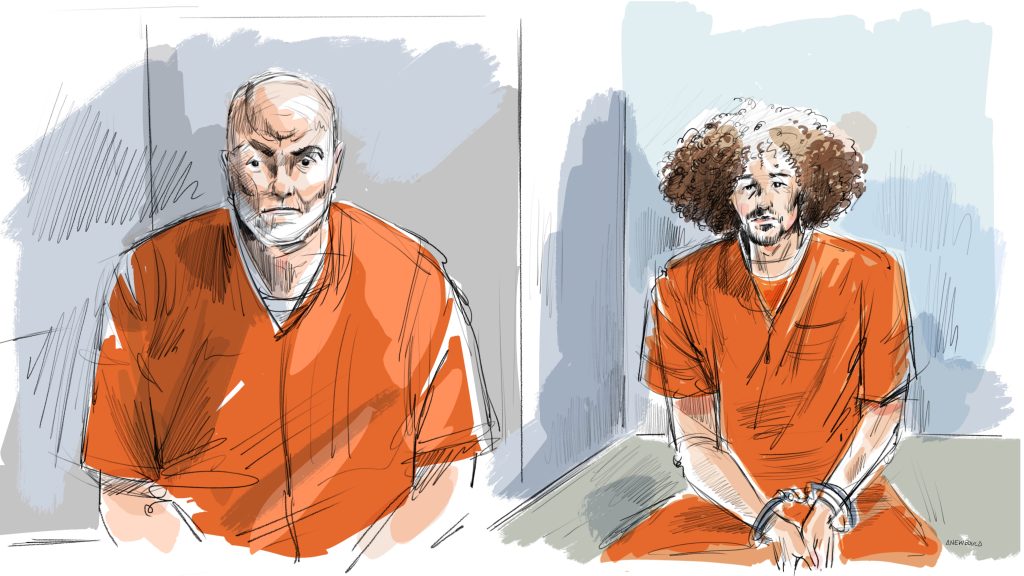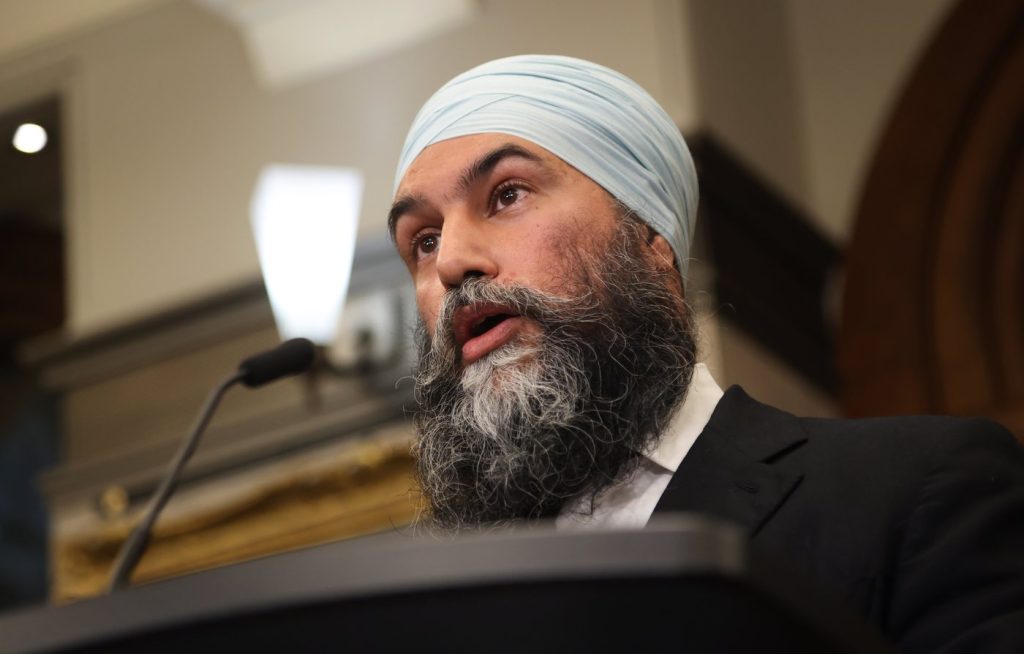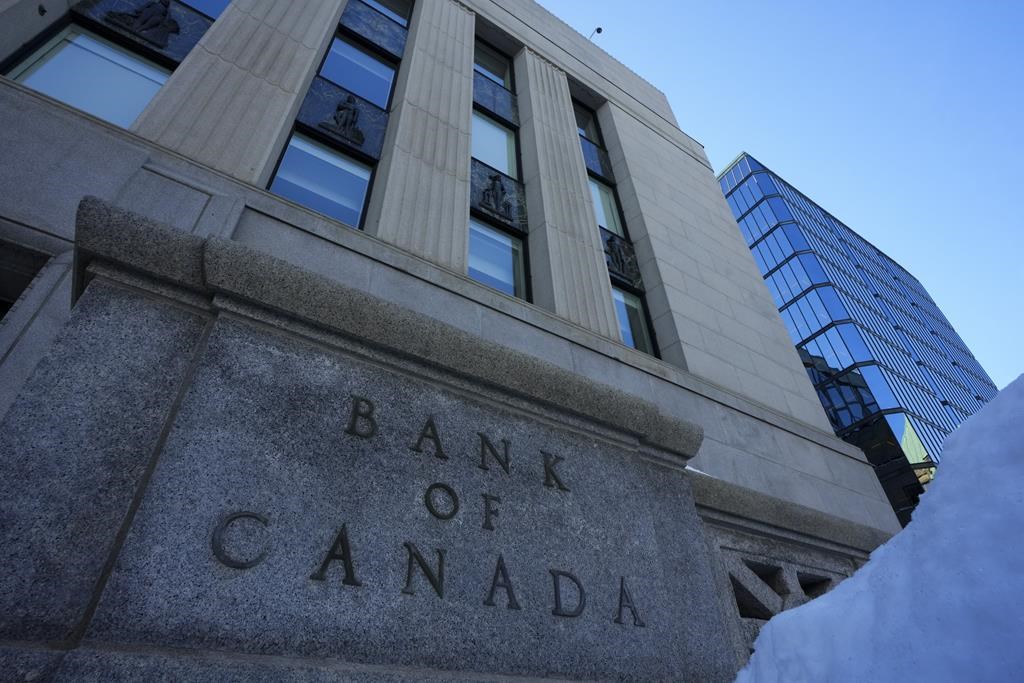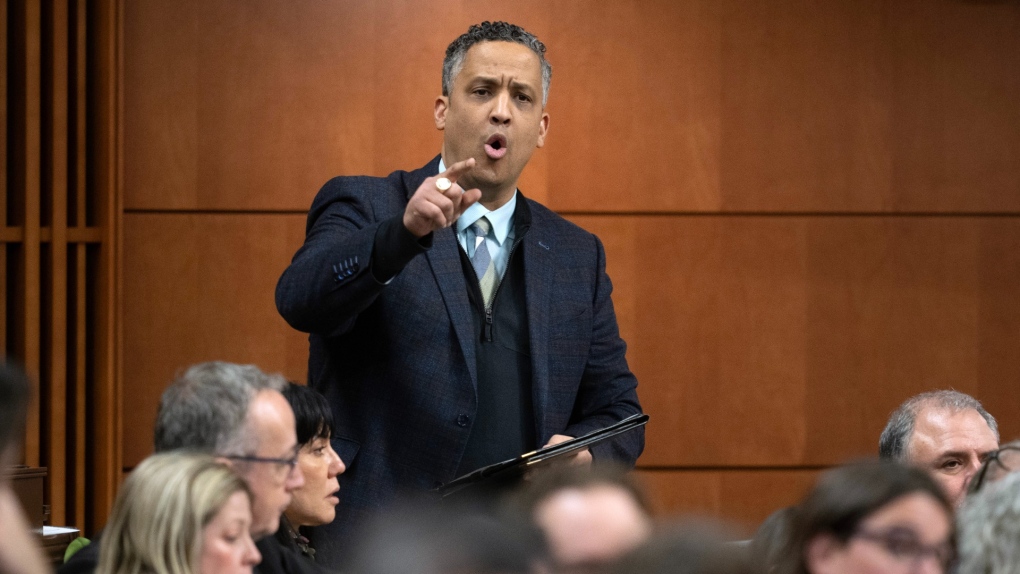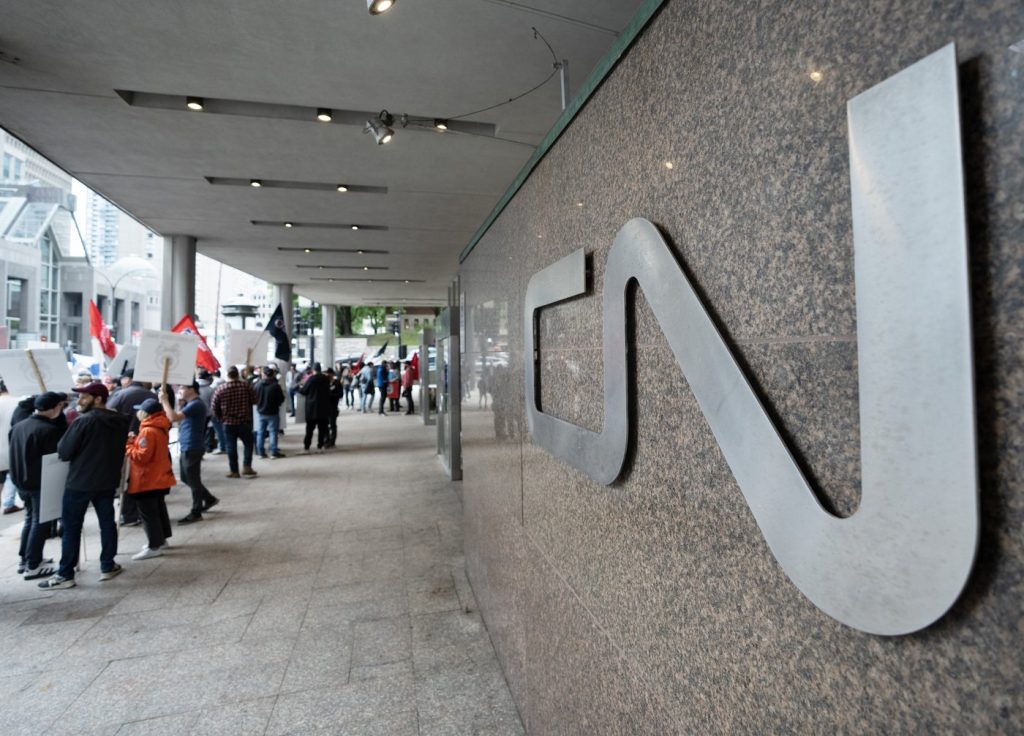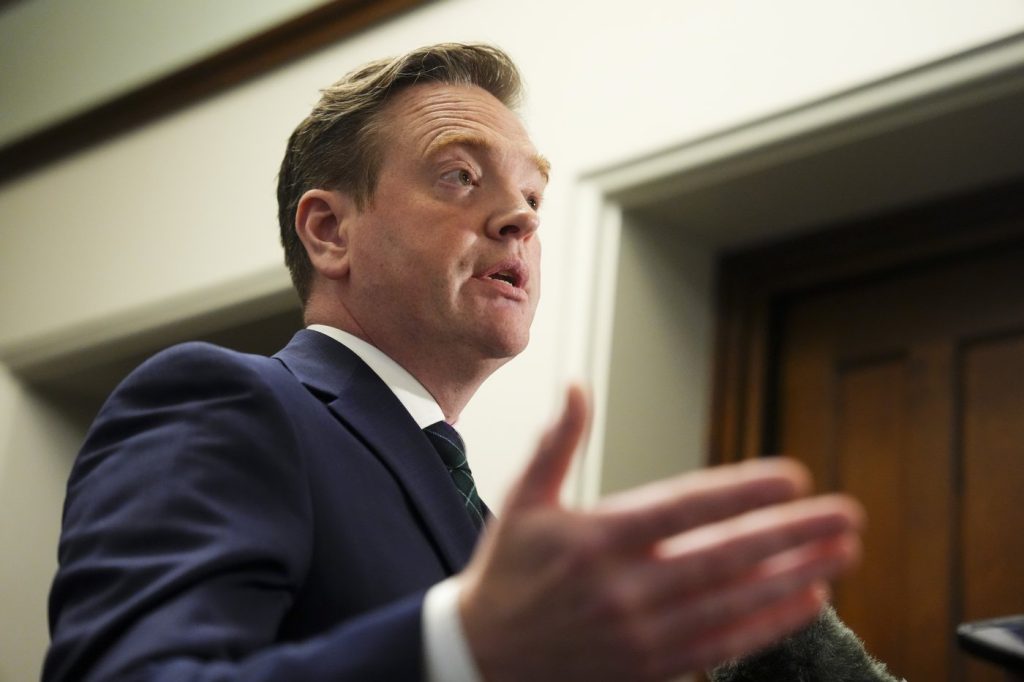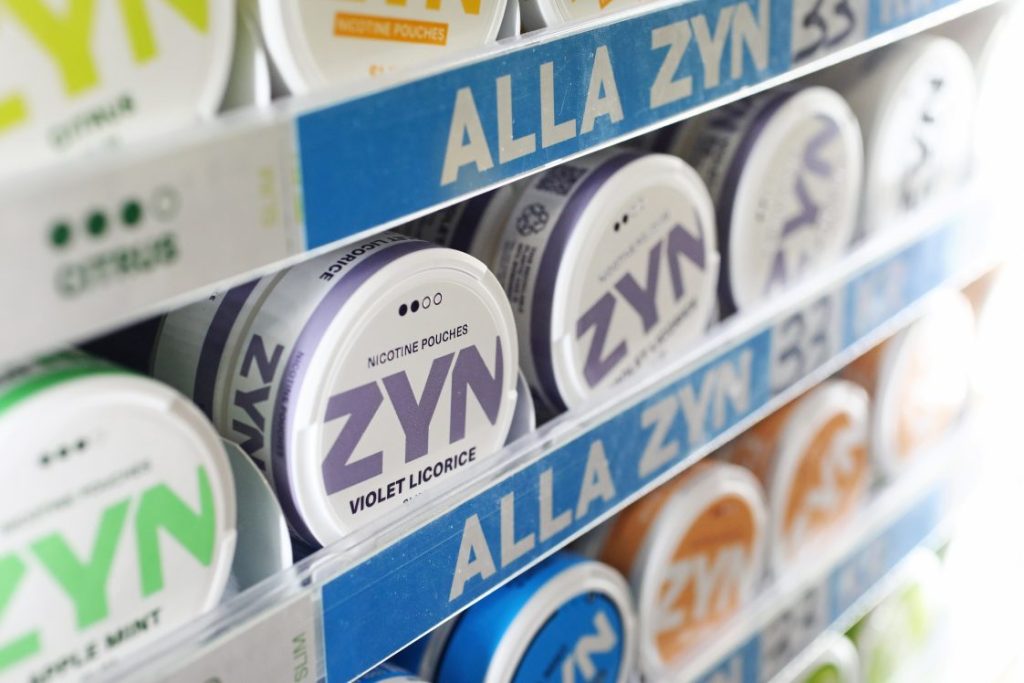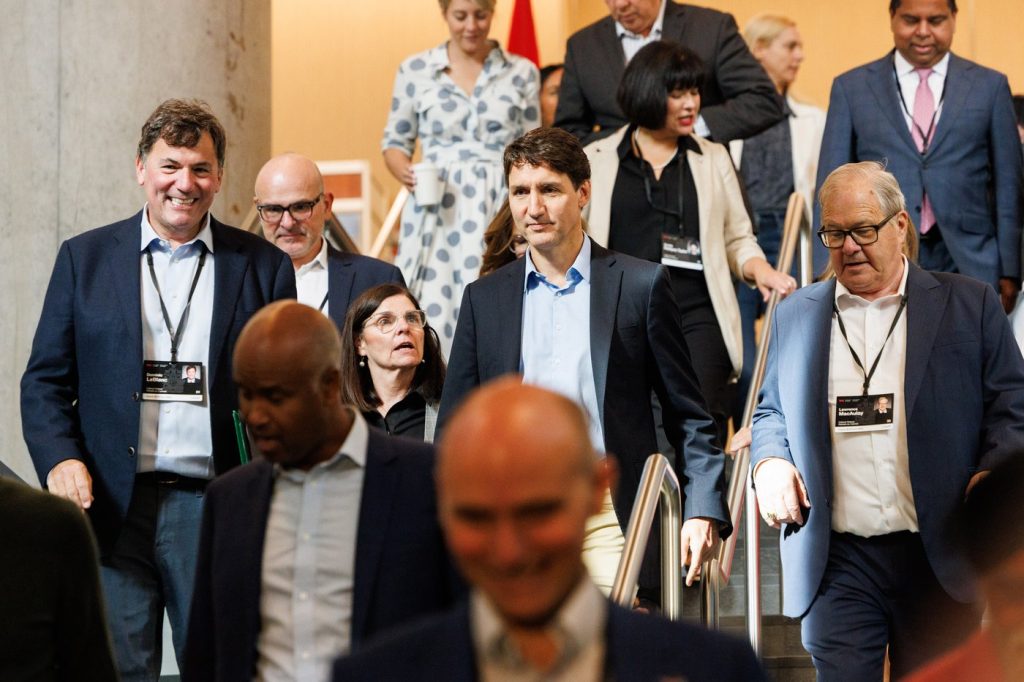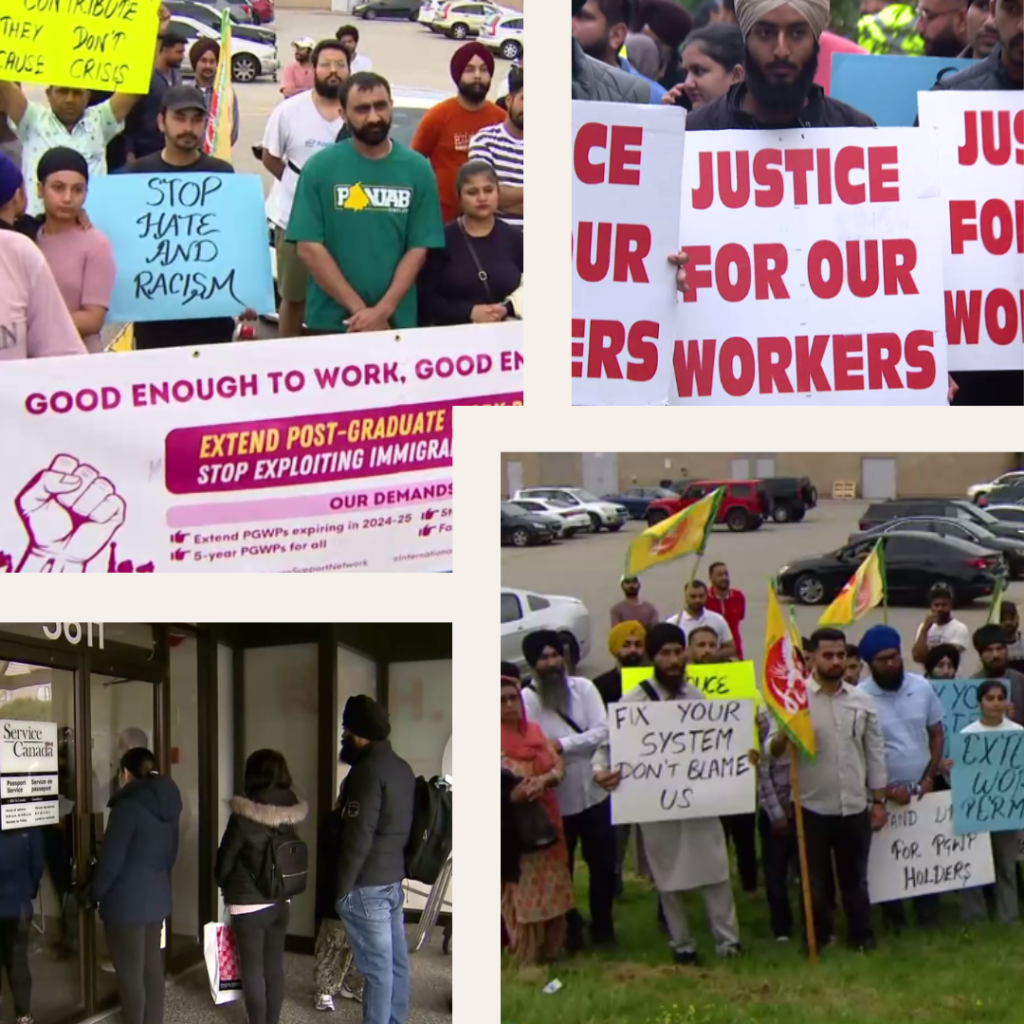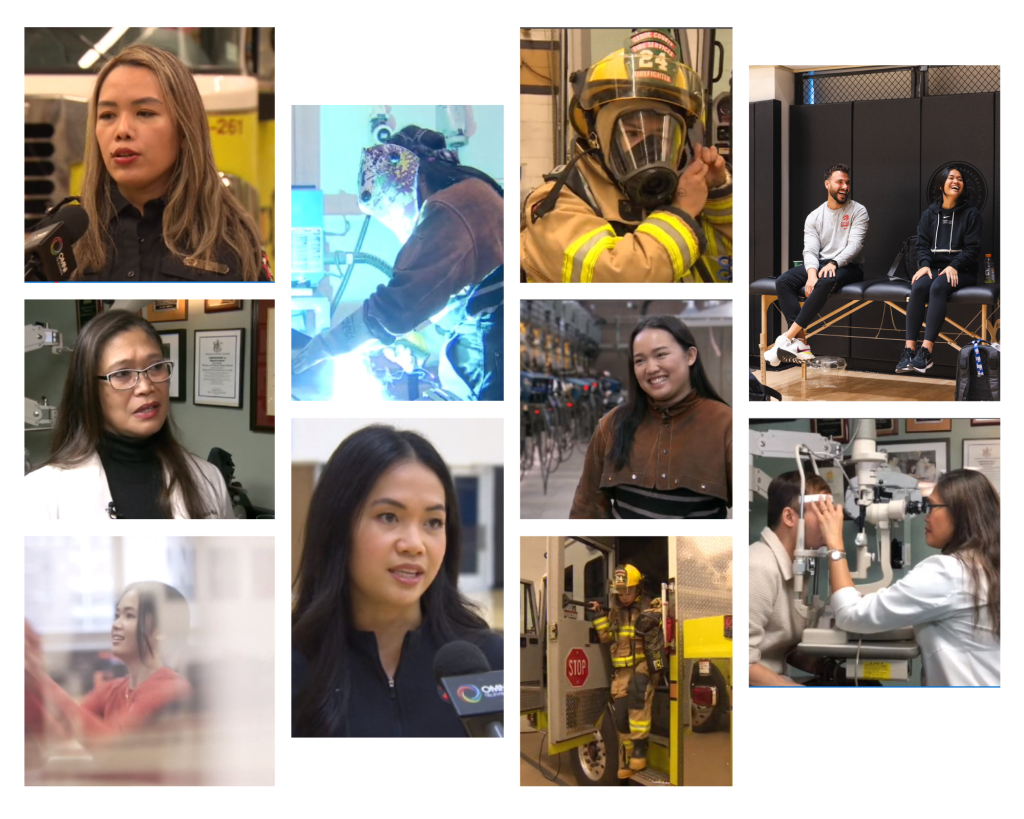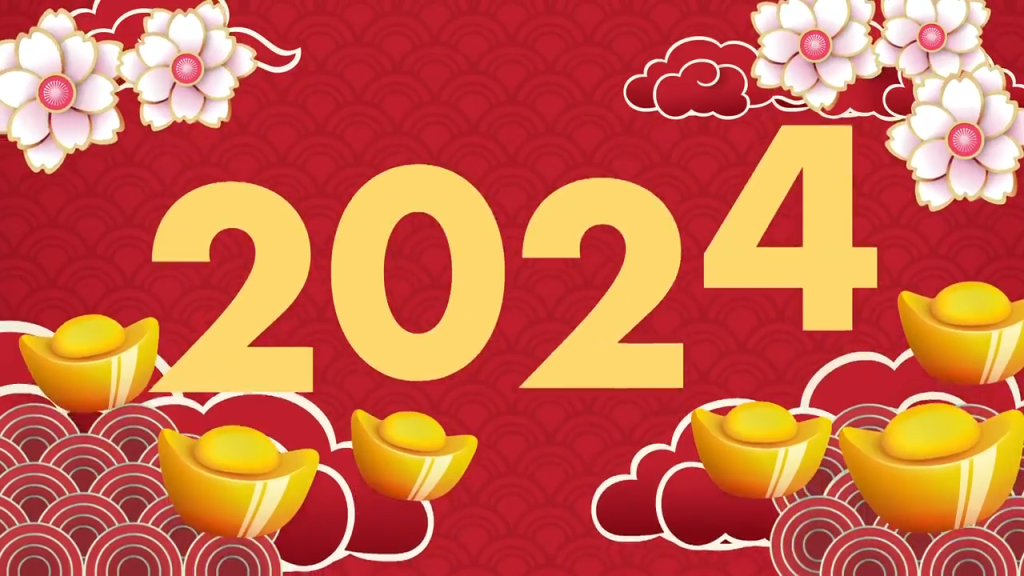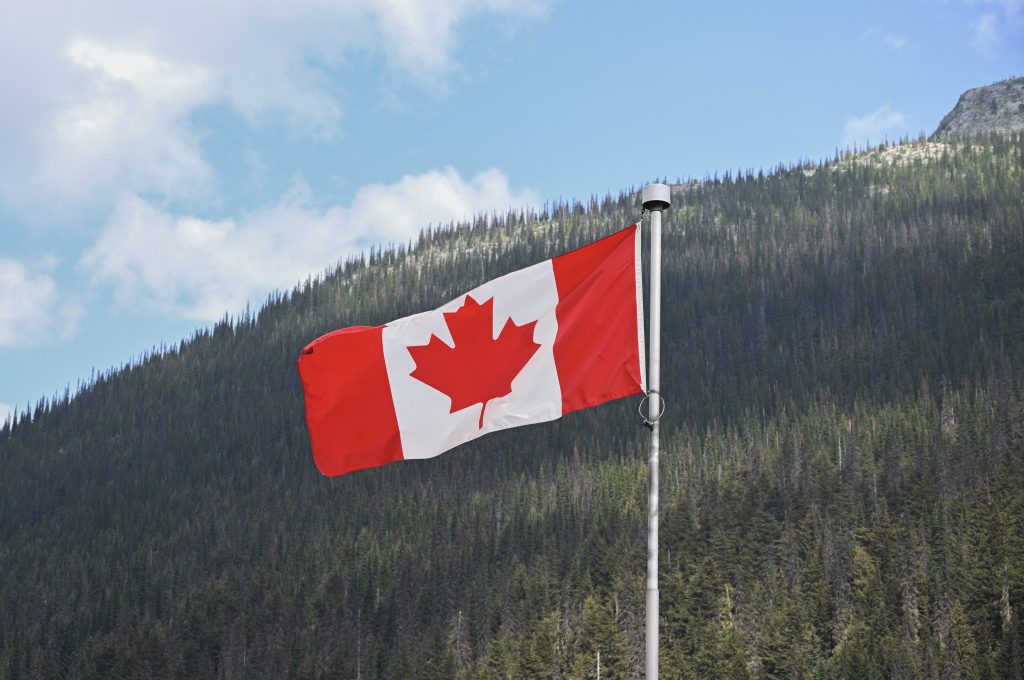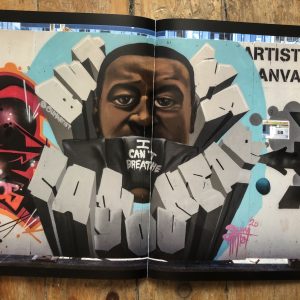
The phrase “I can’t breathe,” uttered by George Floyd a year ago, has become a rallying cry at demonstrations, in murals and art across the world. The murder and death of George Floyd sparked a public outrage and revolution, and saw the blossoming of The Black Lives Matter Movement. There was a surge in social media activism, but art became an outlet for people to express powerful feelings of anger and sadness, while demanding justice for Mr. Floyd, in an attempt to put an end police brutality.
“Artists are also activists”
An initiative called “Paint the City Black,” 40 artists from across the GTA and Montreal, met a year ago at Graffiti Alley, a well known hub for huge colorful murals in Toronto. Today, along with the existing murals, Graffiti Alley showcases illustrations of prominent Black figures such as Martin Luther King, Jr. and George Floyd that were painted in solidarity with the Black Lives Matter movement.
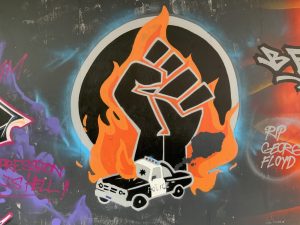
“The idea was to kind of get together and paint new Black pieces over all that colorful stuff, in solidarity with the Black Lives Matter movement, and to speak out against police violence against people of colour,” said Nick Sweetman, one of the coordinators and artists at the event.
“This initiative was not funded by anyone, but just people coming out for the cause. And, you know, bringing your own voice and trying to make a positive contribution.”
The goal of “Paint the City Black” was to speak in solidarity with people of color, who are facing police violence, and the threat of police violence, racism, in all dimensions of life.
“It lets people know that there are, you know, artists standing up for this cause also. So although we didn’t have permission to paint these murals, it was kind of like a takeover,” Sweetman added.
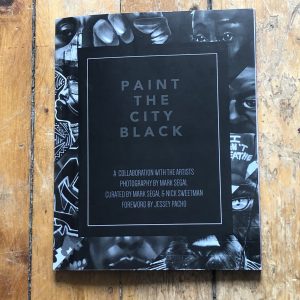
But Sweetman’s activism didn’t end there. He wanted to go a step further and preserve those murals, which he thought would fade or get painted over with time. He and photographer Mark Segal went through the alleyways shortly after the event took place and photographed the art as much as they could. These photographs were then complied into a book, with the name of the book, Paint the City Black,” synonymous to the event’s name.
“This project is about extending the life of that artwork, extending the life of that message amplifying that message. And, and you know, the profits of the book will be donated to NIA Center for the Arts, which is a nonprofit that helps support emerging Black artists in Toronto of all disciplines, not just visual art,” Sweetman said.
“I just want everyone to know that, as artists, we are using our voice through art. But as activists, we are also taking action in our lives, too.”
The book is set to be released on June 6, this year, from publishing company Imaging 91.
“Books send a powerful, implicit message about whose stories are worth telling”

Tiyahna Ridley-Padmore is the author and researcher of Trailblazers, a children’s book that introduces young readers to the incredible Black changemakers that helped shaped Canada, but for too long have been left out of many of our history books. Although Ridley- Padmore started writing her book four years ago, she said the Black Lives Matter Movement accelerated her process of publishing the book.
“We sent it over to over eight different publishers in Canada and either didn’t hear back or we heard that there wasn’t a good market for this type of story, or there wasn’t an interest,” she said.
“The one publisher that was willing to work with us wanted to make so many different changes to the integrity and look and feel of the book.”
Following the murder of George Floyd, many, Canadians were stepping in to the conversation about race and racism. Support for the movement was strongest among youth (72 per cent), women (70 per cent), and university graduates (75 per cent).
After years of being explicitly told that Black stories don’t matter, the rise in mobilization and protests against anti-Black racism in Canada gave Ridley- Padmore the confidence to turn to the community for support in getting the book published.
Ridley -Padmore and the book’s illustrator Merryl-Royce reached their $10,000 goal to fund the project, only within a few hours of launching their Kickstarter campaign.
“ It’s heartbreaking that it took the murder of yet another Black man for people to start paying attention.”
“I do not think that this would have been the reception, had we had launched, a couple of months prior or even a couple of months following. So I think that the timing was very fertile, that Canadians were sort of stepping forward when it comes to having conversations with that surrounds racism and anti-black racism.”

She strongly believes that children also know and understand challenges Black people still face in Canada, and why it’s important to remember and celebrate Black figures and their contributions everyday. As a dedicated social advocate, Ridley- Padmore feels that the power of inclusive representation and intersectional storytelling is vital in Canada today.
“I think it’s really important that all children know that Canada’s Black stories are worth telling.”
“I started writing Trailblazers four years ago and it was prompted by the recognition that the history that I had been taught was incredibly biased. That it very much centered around a white narrative and excluded any parts of Canadian history that were shameful or even that that offered a different perspective,” Ridley- Padmore said.
After the launch of the book, Ridley- Padmore organized a session with students aged 7 to 12. During the session the students talked about race and racism in Canada. To understand how children are experiencing racism and the strong grasp they had on the issue at that age.
“I think we need to take a color-conscious approach, a proactive approach, that helps children,” she said.
“Support children who might be experiencing racism, and also create a very clear starting point where children can begin to reflect on their privilege and their roles at in potentially being allies.”
